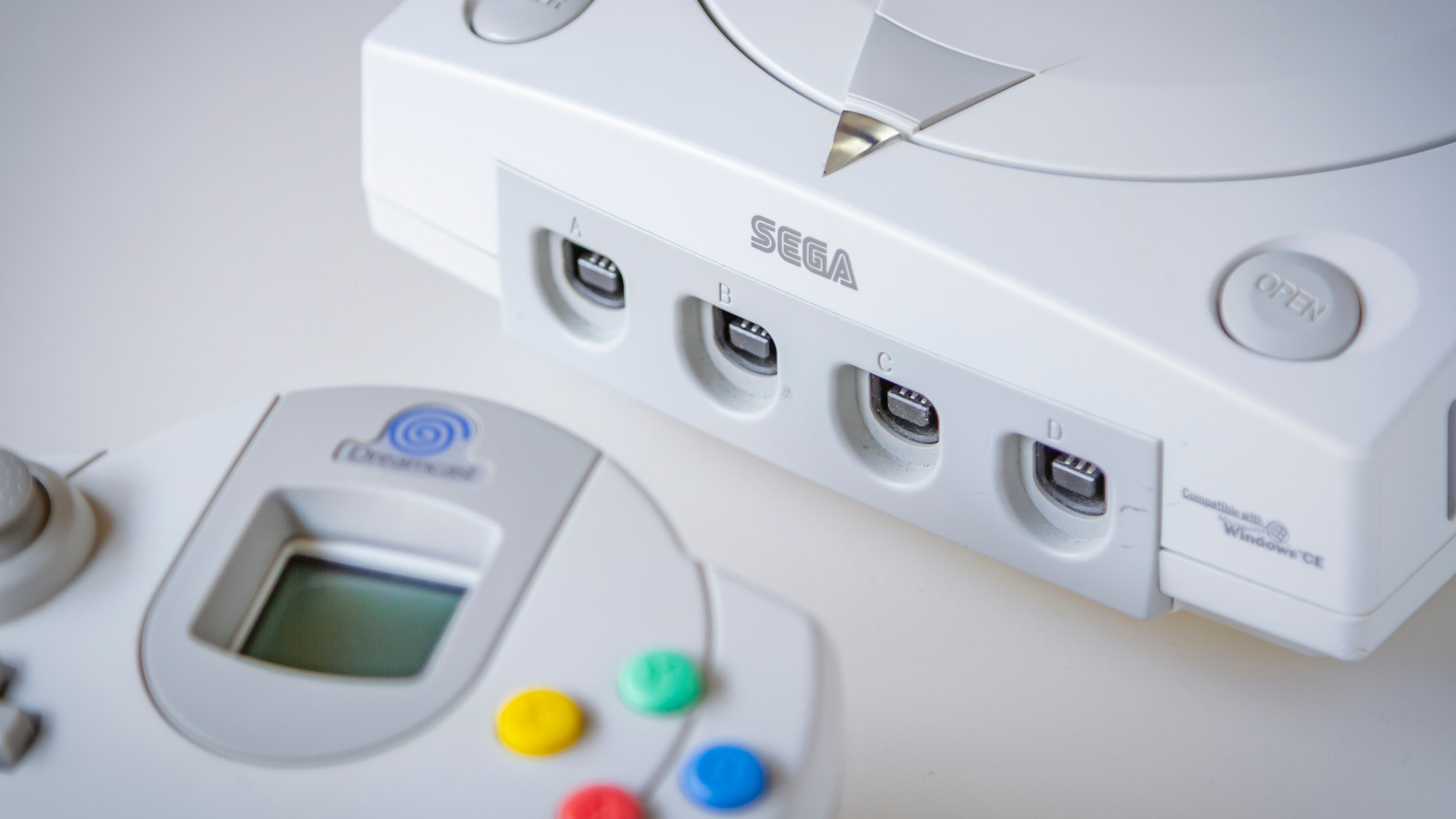This is it exactly. Sega, whether it was SOJ or SOA, burned gamers more than enough times by the time the DC released. It never stood a chance. Then Sony did to Sega what Sega did to Nintendo (i.e., made them look kiddie and uncool) and later included DVD playback in the PS2. That was enough to kill the DC.
DC was on death row because Sega couldn't get people to buy software, they needed the software to appeal to enough people to move hardware at the price they were selling at. Instead what happened is after a good launch window people weren't interested outside a couple games which ended up holding up the entire console until its discontinuation, and Sega was not selling the hardware in the amounts required to make any money. Eventually they couldn't continue getting bailed out and had to stop or go bankrupt.
Remember, the Dreamcast was a gamble some investors took on along with company heads, there would be no Dreamcast (or Naomi arcade board) if Sega was relying on it's self and it's core revenue/profits to launch the system.
Remember, Xbox just with a couple disagreements with a couple companies involved with the internals of the Xbox, helped them lose millions of dollars for cheap, being able to make and launch a console at an sustainable price that wasn't too outlandishly expensive ended late 90s.
Even if you write off Europe and Japan, and Sega put focus more on US late game (something they SHOULD have did earlier) they still probably would have had to sell another 6 or so million units than they ended up doing, in order to sustain the Dreamcast with the software sales they had, which wasn't high enough.
Sony didn't really do anything, that claim is just an easy way to ease the realization that Sega was mostly a self-inflicted problem, along with fans of certain games refusing to understand many of peoples favorite games from the system just didn't make people want to buy one.
Look at the top Dreamcast games on any list made by fans or fans who also work for outlets, and almost none of them did anything. Even when Sega made ports for PS2/Xbox/GC or sequels to those favorites, most of them still failed to do anything even after Sega went third-party, with a few exceptions (and almost all of them early still close to all 3's launches not far into the gen) so what can you say.
I think the price was ridiculously low. Because apparently they mainly killed it because of the fact that it costed them 250$ and were selling it way lower. They should have sold it 250$ / € as they didn't have to convince the people already sold for it (thanks to the great games).
It's an error the 2 biggest console manufacturers don't do it anymore...
I'd say the person who decided for the $200 price could be one of the main guilty of DC demise.
That $199 was actually perfectly reasonable if you look at what the likely plan was.
$199 would give them an advantage to gain consumers early, their console hardware was better than the other consoles by a long-shot, they also bet (again) on online, they had some big games and third-parties ready, also coming in from the Naomi board (or both at the same time), and they had a decent marketing campaign.
Assuming they did twice as good as they ended up doing, that $199 would be closer to break even, and it's likely they were expecting software to cover the gap and make the console profitable, along with investment in their accessories and other parts of the console, including Seganet.
What ended up happening is that this plan ended up backfiring really fast, the downturn wouldn't really be obvious until the mid-2000's or so, and their response was software price cuts, Seganet cuts, and retailer console cuts, and then doing these again later in the year, in order to try and provide growth.
Problem is, that may have worked if they were moving enough consoles but they weren't, and people weren't buying the software at the levels they needed too, and while NFL and such were big, we were still seeing the software shrink outside of that.
If Sega doing all of those cuts was met with a rise in hardware AND software adoption, it may have worked, but instead what happened is those cuts now made them LESS money and made them lose MORE, which accelerated the death of the console.
I think Sega just misread the market, and pushed the wrong software (other than sports) to get people to buy the console. $199 would have been fine if they succeeded in doing that.


